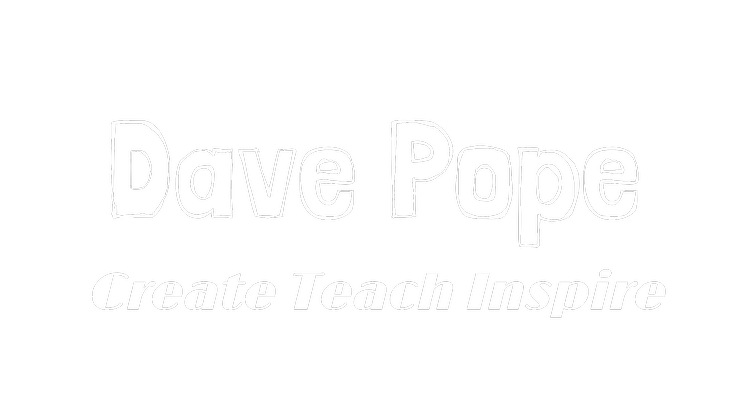In recent years, the nature of work has undergone a significant transformation, with hybrid work environments becoming the new norm. This shift, accelerated by global events, has paved the way for companies to adopt flexible models that combine in-person and remote work. While this offers numerous benefits, it also presents a unique set of challenges, making effective communication more critical than ever before. In this digital age, platforms like Webex, Zoom, Microsoft Teams, and Slack have emerged as indispensable tools, enabling seamless communication and collaboration in hybrid workplaces.
The Evolution of Work Communication
Communication has always been the cornerstone of successful organizations, enabling information sharing, coordination, and alignment of goals. However, the hybrid work model demands a more dynamic approach to communication. Traditional face-to-face interactions have been supplemented, and sometimes replaced, by virtual platforms. This evolution highlights the need for adaptable and inclusive communication strategies that cater to both in-person and remote team members.
The Role of Webex, Zoom, Microsoft Teams, and Slack
Webex: Webex offers a comprehensive suite of tools designed to enhance communication and collaboration. Its video conferencing features facilitate real-time discussions, helping bridge the gap between physical and virtual interactions. With the ability to share screens, host virtual events, and engage in one-on-one or group conversations, Webex promotes a sense of connectedness among hybrid teams.
Zoom: Zoom has become synonymous with virtual meetings and webinars. Its user-friendly interface and features like breakout rooms enable teams to engage in focused discussions, brainstorming sessions, and presentations. Zoom's integration with other collaboration tools ensures that essential documents and resources are just a click away, promoting efficient information exchange.
Microsoft Teams: As part of the Microsoft 365 suite, Teams offers a versatile platform for communication and teamwork. With channels for specific projects, file sharing, chat, and video conferencing, Teams creates a centralized hub where hybrid teams can collaborate seamlessly. Its integration with Microsoft apps enhances productivity and ensures a holistic communication experience.
Slack: Slack revolutionized workplace communication with its chat-based approach. It fosters instant communication through channels, direct messages, and file sharing. Slack's informal and conversational nature encourages quick exchanges and eliminates communication bottlenecks, making it a valuable tool for hybrid teams.
The Importance of Effective Communication
Clarity and Alignment: In a hybrid environment, team members may interpret information differently due to the lack of face-to-face cues. Clear and concise communication helps prevent misunderstandings and ensures everyone is on the same page regarding goals, tasks, and expectations.
Inclusivity: Hybrid work can lead to feelings of isolation among remote employees. Regular communication via platforms like Webex, Zoom, Microsoft Teams, and Slack fosters a sense of belonging and ensures remote workers remain engaged and informed.
Collaboration: Successful collaboration relies on open channels of communication. These platforms facilitate spontaneous conversations, idea sharing, and real-time updates, fostering a collaborative culture regardless of physical location.
Adaptability: The hybrid model demands flexibility in communication methods. Virtual platforms allow teams to adapt to changing circumstances quickly, ensuring continuous communication even in challenging times.
In the evolving landscape of work, effective communication stands as the bedrock of success. Platforms like Webex, Zoom, Microsoft Teams, and Slack play a pivotal role in bridging the gap between in-person and remote interactions, enabling hybrid teams to communicate seamlessly and collaborate efficiently. As organizations continue to navigate the challenges and opportunities of the hybrid work environment, prioritizing clear, inclusive, and adaptable communication remains paramount.

